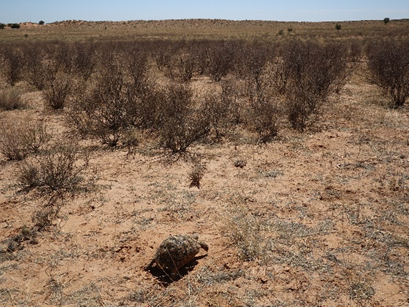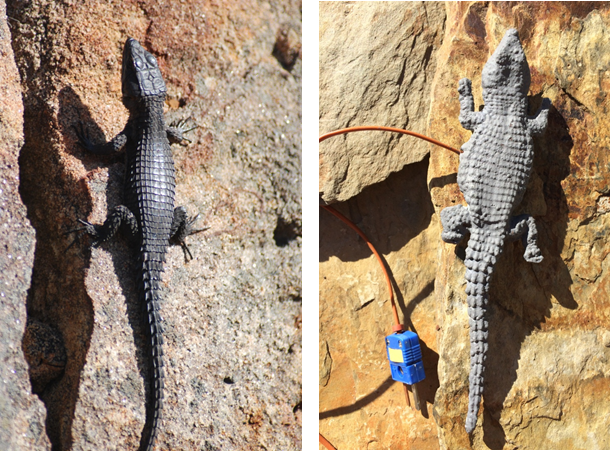Legacies, hard boundaries and adaptation to temperature extremes explain the variation of temperature tolerance across the tree of life
Ectothermic organisms rely on their surrounding conditions to maintain temperatures within a range that optimizes essential activities such as running, foraging and reproducing. Beyond this range, their performance or fitness decreases with a particularly fast loss of performance at high temperatures.
Comments Off on Legacies, hard boundaries and adaptation to temperature extremes explain the variation of temperature tolerance across the tree of life
12 July 2021


